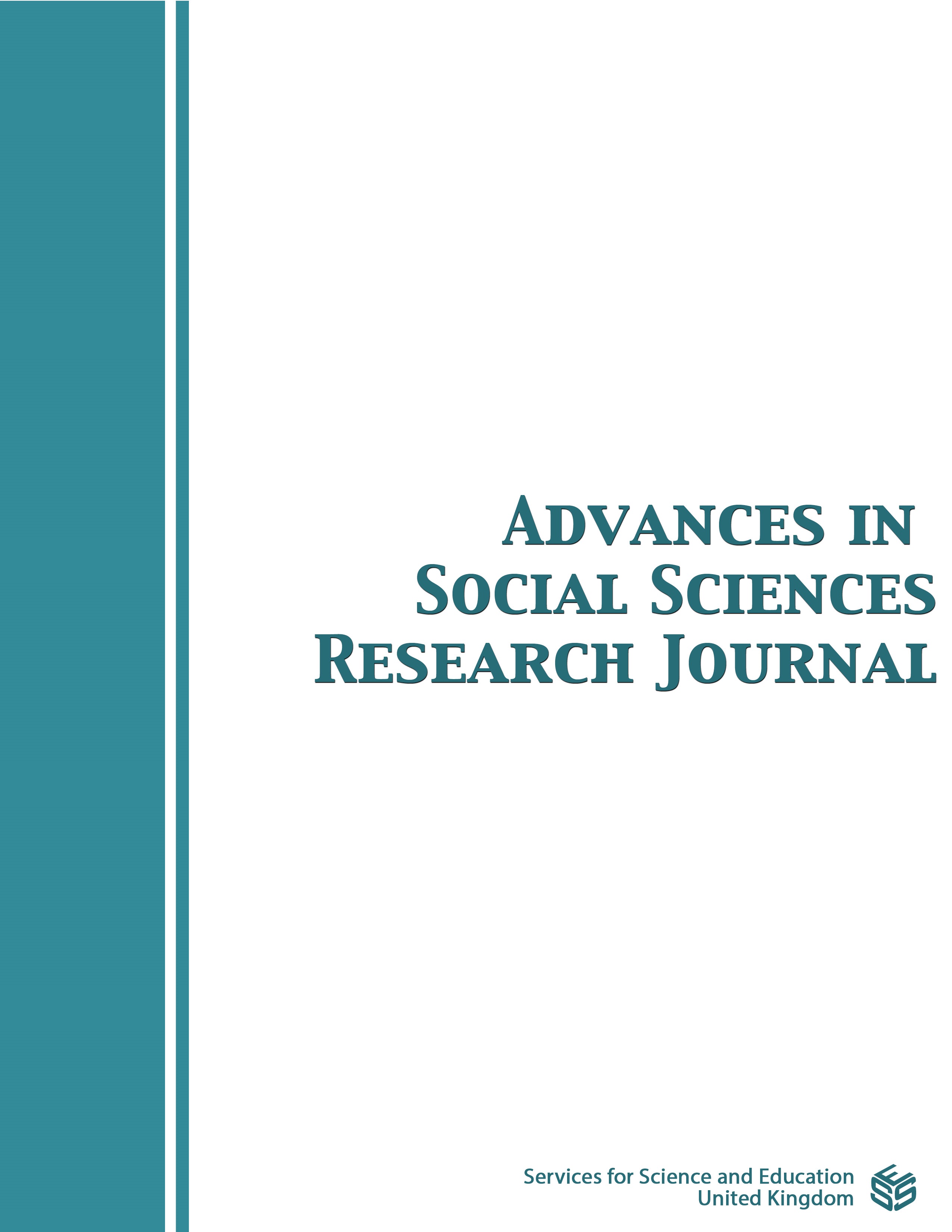Application of Auxiliary Teaching Software in Middle School Chemistry Teaching-Taking “Chlorine and Its Compounds” as an Example
DOI:
https://doi.org/10.14738/assrj.115.17010Keywords:
Middle school chemistry, Teaching aid, Virtual experiment software, Chlorine and its compoundsAbstract
The new curriculum reform in 2022 requires teachers to focus on cultivating students’ comprehensive quality, strengthen chemistry teaching methods, and enhance students’ scientific learning attitude and values. In the process of traditional middle school chemistry teaching, some chemistry experiment teaching is difficult to operate in real class due to the lack of experimental conditions, which leads to students’ difficulty in understanding experimental phenomena. The virtual experiment software enables the operator to operate the experiment as in the real environment, which not only solves the problem of traditional chemistry experiment teaching, but also improves the classroom efficiency and students’ learning ability. In this paper, NOBOOK virtual chemical simulation software and Jinhuake simulation virtual laboratory two kinds of auxiliary teaching software are used to design classroom teaching cases respectively and analyze the methods and effects of the application of auxiliary teaching software by taking two periods of the teaching unit “Chlorine and its compounds”, a compulsory chemistry course in high school of human education version as examples, aiming at improving teaching methods through auxiliary teaching software. Cultivate students’ scientific cooperative inquiry and independent problem solving ability, improve students’ learning efficiency, form learning interest, and realize efficient classroom teaching.
Downloads
Published
How to Cite
Issue
Section
License
Copyright (c) 2024 Xinyu Zhang, Liming Wu, Lin Sun

This work is licensed under a Creative Commons Attribution 4.0 International License.
Authors wishing to include figures, tables, or text passages that have already been published elsewhere are required to obtain permission from the copyright owner(s) for both the print and online format and to include evidence that such permission has been granted when submitting their papers. Any material received without such evidence will be assumed to originate from the authors.






